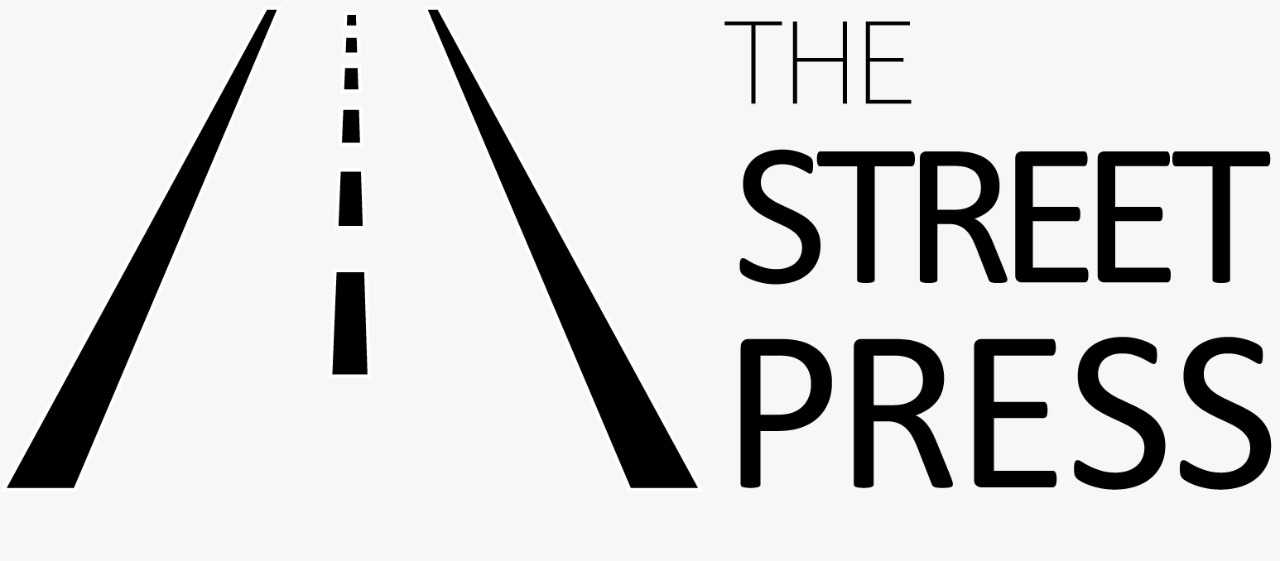Washington, Sept 19 (The Street Press) – The U.S. Federal Reserve starts a two-day meeting on Tuesday. They’ll likely keep interest rates the same for now, but they will also let us know in new economic forecasts if they think rates should go up before the year ends.
A new policy statement and interest rate decision are coming at 2 p.m. EDT (1800 GMT) on Wednesday. After that, Fed Chair Jerome Powell will explain everything in a press conference at 2:30 p.m.
Investors in contracts linked to the federal funds rate are almost certain that the U.S. central bank will keep the benchmark rate in the current range of 5.25% to 5.5%. This aligns with the Fed’s strategy of gradually raising rates, which it has been doing consistently since March 2022. During this period, they increased rates at 10 consecutive meetings, typically by a quarter to three-quarters of a point, as they battled the highest inflation levels since the early 1980s.
In June, the Fed took a break, but when they shared their quarterly economic forecasts, 12 out of 18 policymakers still believed that there would be two more quarter-point rate hikes by the end of the year.
One of those increases happened in the July meeting. Even though the Fed is being cautious and watching the data closely, experts suggest that there haven’t been significant economic developments recently that would make policymakers reconsider that final rate hike.
JP Morgan economist Michael Feroli suggests that part of the reason for the Fed’s cautious approach is inertia – they might not want to make changes to a strategy that appears to be effective.
Furthermore, the data since the Fed’s last meeting has been a bit mixed. While it generally supports the idea of inflation slowing down while the economy continues to grow, there has been an uptick in headline price increases recently.
Feroli quoted from the minutes of the July meeting, indicating that at that time, most participants still saw significant risks of inflation increasing. Despite some slowing from its peak last year, underlying indicators show prices are still rising at about twice the Fed’s 2% target. This likely contributes to the Fed’s continued vigilance on inflation.
Policymakers, especially Powell, have been cautious about compromising in their battle against inflation. This stance may result in higher interest rates than initially anticipated and poses increased risk to an economy that has seen robust job creation and growth, despite the swift tightening of monetary policy.
When the Fed raises its rates, it prompts banks and financial institutions to increase their rates on products such as home mortgages, business loans, and credit cards, along with various forms of financing. This, in turn, can discourage investment and household spending. Through reduced demand, it can contribute to lowering inflation.
If the Fed decides to rule out more rate hikes at this point, it could cause overall financial conditions to become more relaxed. Markets might start pricing in a lower rate trajectory, which is contrary to what the Fed wants, especially when there’s uncertainty about whether inflation is under control.
The outcome of Wednesday’s meeting could also bring about a challenging shift in communication. The Fed is likely approaching the end of its rate hikes, with the possibility of one more increase at the November meeting. Beyond that, they may transition to reducing interest rates next year to align with lower inflation trends. This shift in policy approach and communication will be crucial to managing economic conditions.
The updated economic forecasts are anticipated to reflect more improvement in prices for this year and the next, which would lead to the inflation-adjusted “real” interest rate slowly rising, unless the Fed decides to reduce the policy rate simultaneously.
The speed and timing of this adjustment are still subjects of debate within the Fed and depend on the rate at which inflation decreases. In June, officials projected a one-percentage-point decrease in the policy rate for next year, alongside declining inflation and a rising unemployment rate. Market watchers will closely examine any changes to this outlook, as it provides insights into the overall strength of the economy.
Bank of America analysts anticipate that the Fed might adjust its expectations for fewer rate cuts next year, possibly reducing them by only three quarters of a point. Simultaneously, they may raise the estimate for the long-term neutral policy rate slightly. This move would suggest a need for a somewhat tighter monetary policy over time to maintain the same level of control on economic activity.
This adjustment aims to align with the data the Fed has observed this year, such as the fact that economic growth has exceeded the central bank’s potential estimates despite the rate hikes. However, it could mean that interest rates remain elevated for a more extended period than the public currently anticipates.
Bank of America economist Michael Gapen and colleagues argue that recent data should encourage the Fed due to ongoing disinflation but also raise concerns about potential inflation re-acceleration due to strong economic activity. They suggest that there is a bias for rates to stay higher than initially expected through 2024.


